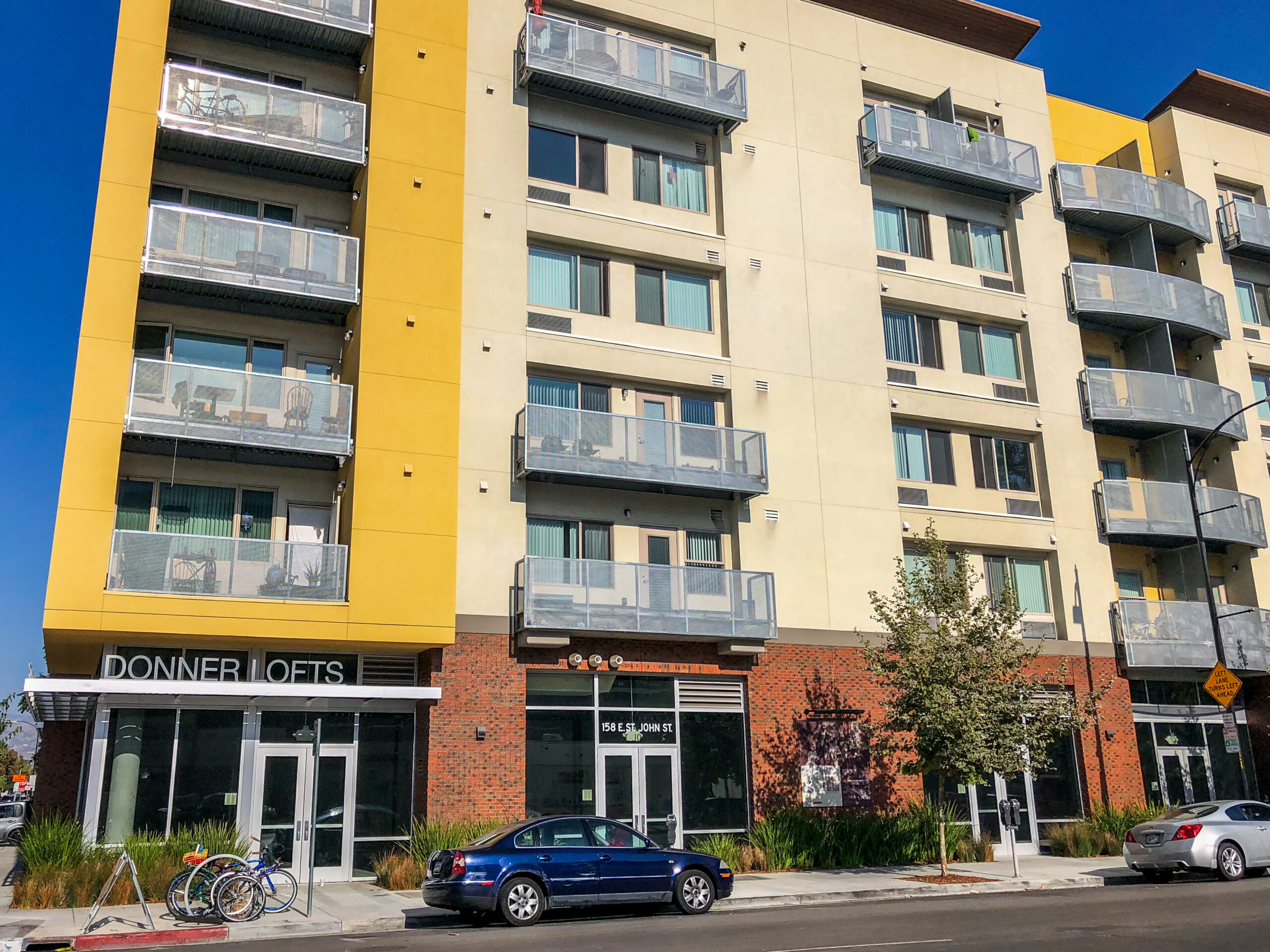Clash of the Titans: When Housing and Environment Super-Statutes Collide

A newly published law review article by UC Davis’s Chris Elmendorf and attorney Tim Duncheon investigates the slow-motion collision between two statutes at the center of California’s housing crisis: the California Environmental Quality Act (CEQA) and the state’s Housing Accountability Act (HAA).
Each statute has a bona-fide claim to being a “super-statute,” one which exerts a “broad effect on the law.” Yet the two statutes came of age in different eras—CEQA in the 1970s and the HAA in the 2010s—and they have fundamentally different institutional and normative premises.
Key takeaways:
- CEQA was written in an era when cities were under siege from multiple directions from harmful and/or polluting projects and policies like urban freeways, and industrial facilities.
- But in the intervening years, conditions on the ground have changed, along with other related policies, putting CEQA in the position of impediment to environmentally beneficial projects like infill housing and transit.
- The passage of the Housing Accountability Act has set up a clash with CEQA that must be resolved to achieve desired climate, environmental, and other public policy outcomes.
CEQA aims to preserve the local environmental status quo, whereas the HAA asserts that infill development is good for the environment even as it changes the neighborhood status quo. CEQA tries to slow down project permitting. The HAA aims to speed it up. And CEQA treats local government decision-makers as generally trustworthy (unless they’re shortcutting environmental review), whereas the HAA is highly suspicious when local governments disapprove housing.
After explaining these general differences in outlook, Duncheon and Elmendorf describe two concrete ways in which the CEQA-HAA conflict plays out. First, local governments have used CEQA reviews to delay, indefinitely, the very same housing projects that the HAA says they may not deny (examples here and here).
They take advantage of the fact that there’s effectively no remedy under CEQA for unlawful delay. If a local government keeps demanding additional studies, eventually the developer will walk away. In effect, cities can launder denials of HAA-protected projects through indefinite CEQA delays.
The other conflict is more subtle. CEQA calls for study of a project’s “effects,” but the effects of a project can’t be characterized except by reference to some alternative. Consider an analogy: What is the effect of a new drug or medical device? The answer depends on what you’re comparing it to. Relative to a placebo, the effect of the new drug may be large and positive. Compared to the best treatment currently in use, the effect of the very same drug could be small or even negative.
CEQA studies usually presume a “no project” (status quo) reference alternative. A development is said to have a significant effect if an environmental condition in the vicinity of the site would be materially worse if the project were built than if status-quo use of the site was retained.
Elmendorf and Duncheon argue that this conventional, status-quo reference condition makes no sense if state law doesn’t allow the permitting agency to retain the site’s status-quo use. And that’s precisely the effect of the HAA. It says that cities may deny or reduce the density of a zoning-compliant housing project only if the city proves that the project would violate an objective health or safety standard. Otherwise, the city’s discretion is limited to conditions of approval that don’t reduce density. For example, small design changes.
If CEQA review of housing projects was properly tailored to the scope of the local agency’s discretion, most HAA-protected projects could be processed with minimal environmental reviews. A city would just have to analyze marginal effects of any discretionary conditions of approval, not the local effects of adding the zoning-allowed number of units to the site.
What’s the path forward? As to CEQA-laundered denials, the authors explore several possible remedies under existing law, none of which are straightforward or clearly available. The best solution by far is for the Legislature to pass AB 1633, which clarifies that certain CEQA abuses violate the HAA. It also creates a procedural framework for resolving questions about whether additional environmental review is truly warranted.With respect to questions about the scope of CEQA review, Governor Newsom should take the lead. The Governor’s Office of Planning and Research and the Natural Resources Agency have authority to prescribe “methodologies” through the CEQA Guidelines. It’s high time that they update the Guidelines with instructions about the scope of CEQA review for HAA-protected projects.
Photo of the Donner Lofts Affordable Housing, San Jose, California by Will Buckner, CC by 2.0